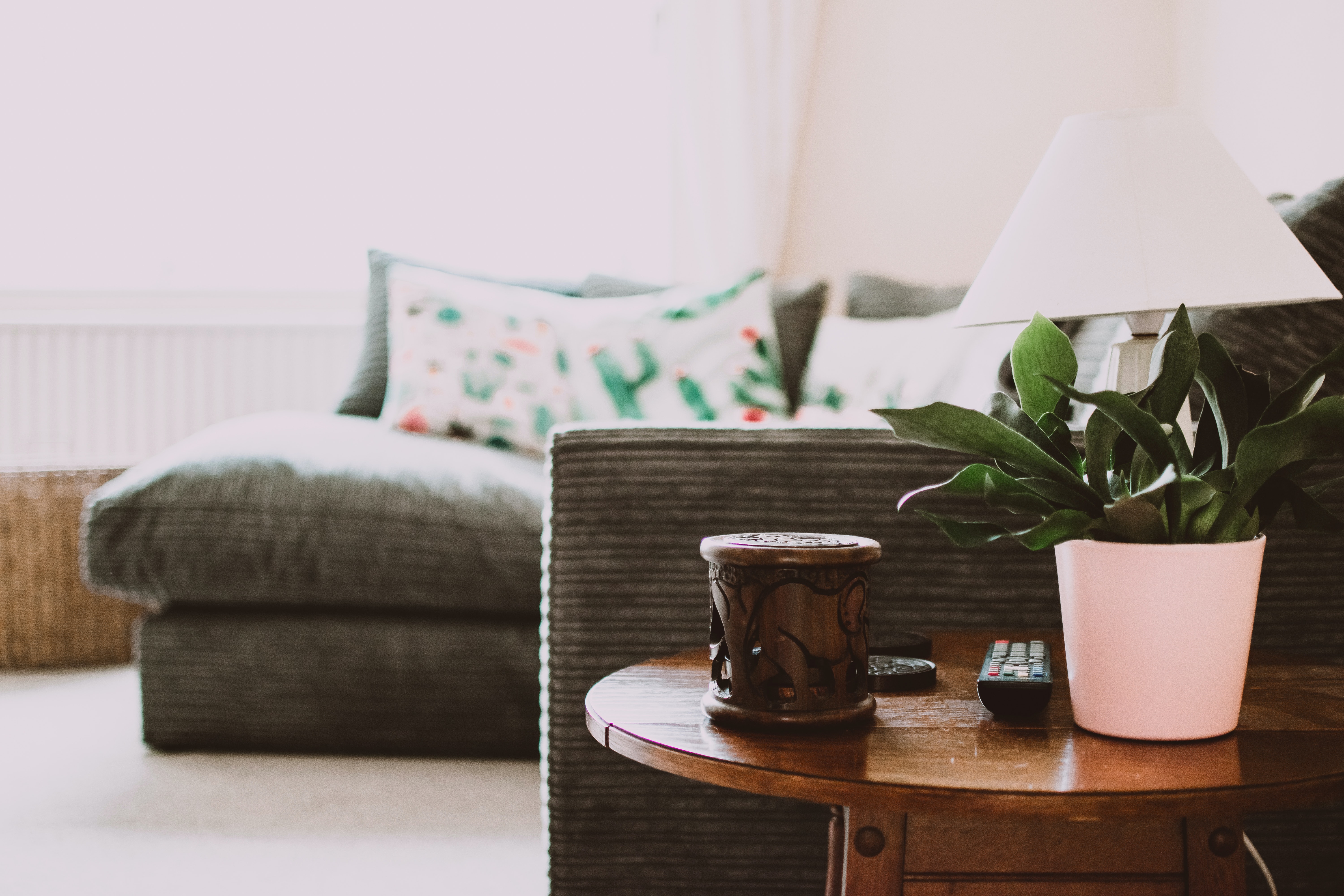Human Comfort Zone: An Overview of How Humidifiers Make People More Comfortable
Human Comfort Zone: An Overview of How Humidifiers Make People More Comfortable
Human
Comfort Zone: An Overview
The human comfort zone refers to the range of environmental
conditions in which a person feels physically and psychologically comfortable.
This encompasses factors such as temperature, humidity, air movement, and light
levels. When these conditions are within the comfort zone, a person feels
relaxed and at ease.
It's important to note that the comfort zone is not the same
for everyone, as individual preferences and physiological needs vary. For
example, some people prefer warmer temperatures while others prefer cooler
temperatures. However, there is a general range of conditions that are
considered comfortable for the majority of people, including temperatures
between 68-75°F, relative humidity levels between 30-60%, and air movement
speeds below 30 ft/min.
The Role
of Humidity in the Human Comfort Zone
Humidity, or the amount of moisture in the air, plays a
crucial role in determining comfort levels. High humidity can make the air feel
heavy and oppressive, while low humidity can make the air feel dry and
irritating.
For optimal comfort, the relative humidity level should be
between 30-60%. This range provides enough moisture to keep the air from
feeling dry, but not so much that it feels humid. When the humidity level is
too high, it can lead to discomfort, as people may feel hot, sticky, and
sweaty. On the other hand, when the humidity level is too low, it can cause
respiratory problems and dry skin, making people feel dry and irritable.
In conclusion, the human comfort zone is a combination of
environmental factors that impact a person's overall comfort and well-being.
Humidity plays a crucial role in determining the comfort level, as it affects
the overall feel of the air. By maintaining a comfortable humidity level of
30-60%, it is possible to improve indoor air quality and enhance comfort levels
for people.
How
humidifiers contribute to human comfort
Humidifiers play a crucial role in maintaining indoor air
quality and comfort. The air inside our homes and offices can become dry due to
heating systems, air conditioning, and other environmental factors. This can
lead to various health problems, such as dry skin, throat irritation,
respiratory issues, and even increase the spread of viruses and bacteria.
A humidifier works by adding moisture to the air, which can
help to alleviate these problems and improve overall comfort. By maintaining
the right level of humidity, a humidifier can help to prevent dry skin and
reduce the risk of respiratory infections. It can also help to reduce the
severity of cold and flu symptoms, as well as provide relief from headaches and
other discomfort caused by dry air.
There are various types of humidifiers available in the
market, each with its own unique features and benefits. Cool mist humidifiers,
for example, are ideal for use in warm, humid climates as they produce a cool
mist that helps to keep the air moist and refreshing. Warm mist humidifiers, on
the other hand, are better suited for use in colder climates as they produce a
warm mist that can help to keep the air warm and comfortable.
In addition to improving indoor air quality and comfort,
humidifiers can also be used to improve the health of plants, pets, and other
living things in your home. By maintaining the right level of humidity, a
humidifier can help to keep indoor plants healthy and thriving, as well as
prevent pets from becoming too dry and uncomfortable.
In conclusion, the role of humidifiers in maintaining indoor
air quality and comfort cannot be overstated. By adding moisture to the air, a
humidifier can help to alleviate various health problems, reduce the severity
of cold and flu symptoms, and improve overall comfort. Whether you are looking
to improve your health, the health of your plants, or the comfort of your home,
a humidifier is a must-have appliance.







.png)




No comments yet